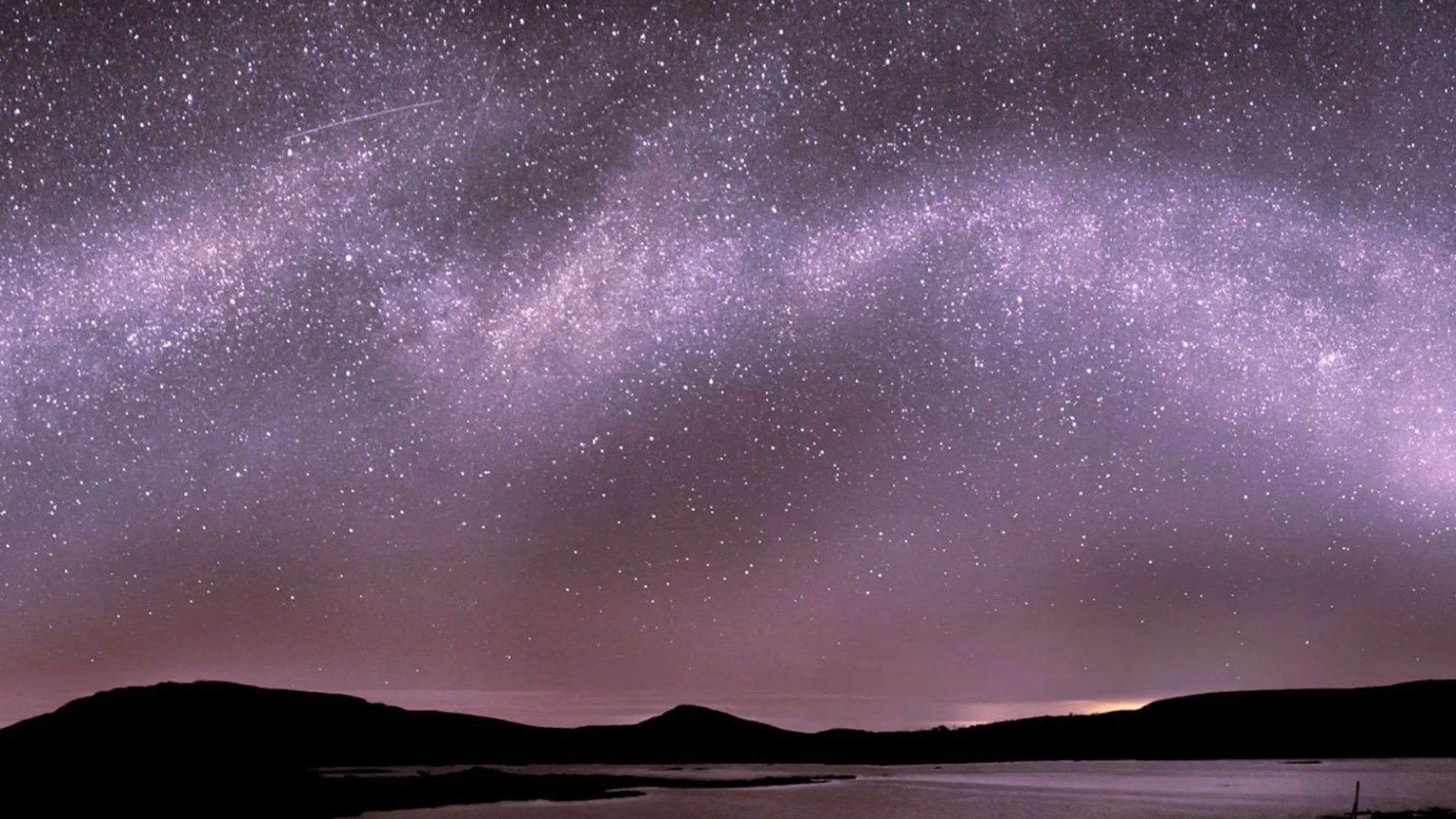Science
Stargazers Prepare for Stunning Perseid Meteor Shower Tonight

Stargazers across Ireland are gearing up for one of the most spectacular astronomical events of the year: the **Perseid meteor shower**. Tonight, observers can expect to witness up to **150 meteors per hour** as Earth travels through debris left by **Comet Swift-Tuttle**. This annual phenomenon is anticipated to peak around midnight, offering an extraordinary display of “natural fireworks” in the night sky.
The meteor shower is expected to be particularly vibrant, with meteors traveling at speeds of approximately **58 kilometers per second**. As these meteors enter the atmosphere, the friction causes them to heat up, resulting in bright streaks of light known as meteor trains. Larger meteors can explode into more dazzling fireballs, although most disintegrate completely before reaching the ground.
Optimal Viewing Conditions
**Dr. Shyam Balaji**, a theoretical physicist at **King’s College London**, emphasizes that the best viewing conditions will occur between **midnight and 5:30 AM** local time, when the sky is darkest. He recommends looking towards the constellation **Perseus**, which is where the meteor shower is concentrated, although meteors can be seen throughout the sky.
For those in urban areas, light pollution may hinder visibility. To counter this, stargazers are advised to seek darker locations away from city lights. In Dublin, ideal spots include **Phoenix Park** and **Bull Island**, where light pollution is significantly reduced.
Understanding the Meteor Shower
The Perseids are remnants of an ancient comet, estimated to be more than **5 billion years old**, which passes close to Earth every **20 to 200 years**. This year’s display is particularly noteworthy as it coincides with the visibility of **Jupiter** and **Venus**, creating a unique celestial event.
While no special equipment is necessary to enjoy the shower, Dr. Balaji suggests that using stargazing apps such as **Sky Guide** or **Stellarium** can enhance the viewing experience. These tools help pinpoint the best regions of the sky to observe the meteors.
For those curious about the different celestial bodies involved, it is helpful to understand the terminology: an **asteroid** is a small rocky body orbiting the Sun, while a **meteoroid** refers to smaller fragments that break off during collisions. When these meteoroids enter the Earth’s atmosphere, they become **meteors**, and if they survive the descent, they land as **meteorites**. In contrast, a **comet** contains ice and gas, leading to spectacular tails when they approach the Sun.
As the night approaches, stargazers are reminded to find a location with an unobstructed view of the sky, free from trees and buildings. The allure of the Perseid meteor shower offers a chance to connect with the cosmos and witness a remarkable natural spectacle.
-

 Entertainment2 weeks ago
Entertainment2 weeks agoAimee Osbourne Joins Family for Emotional Tribute to Ozzy
-

 Politics2 weeks ago
Politics2 weeks agoDanny Healy-Rae Considers Complaint After Altercation with Garda
-

 World4 weeks ago
World4 weeks agoHawaii Commemorates 80 Years Since Hiroshima Bombing with Ceremony
-

 Top Stories4 weeks ago
Top Stories4 weeks agoFianna Fáil TDs Urgently Consider Maire Geoghegan-Quinn for Presidency
-

 World4 weeks ago
World4 weeks agoGaza Aid Distribution Tragedy: 20 Killed Amid Ongoing Violence
-

 World4 weeks ago
World4 weeks agoCouple Convicted of Murdering Two-Year-Old Grandson in Wales
-

 World4 weeks ago
World4 weeks agoAristocrat Constance Marten and Partner Convicted of Infant Murder
-

 Top Stories4 weeks ago
Top Stories4 weeks agoClashes Erupt Between Far-Right Groups and Migrants in Spain
-

 Top Stories4 weeks ago
Top Stories4 weeks agoHistoric Dalkey Pub The Queens Reopens Under New Management
-

 World4 weeks ago
World4 weeks agoTrump Defends FBI Deputy Director Amid Epstein Files Controversy
-

 Business4 weeks ago
Business4 weeks agoSunshine 106.8 Boosts Irish Music After Regulator’s Request
-

 Politics4 weeks ago
Politics4 weeks agoTragic Crowd Surge at Gaza Aid Center Claims 20 Lives









